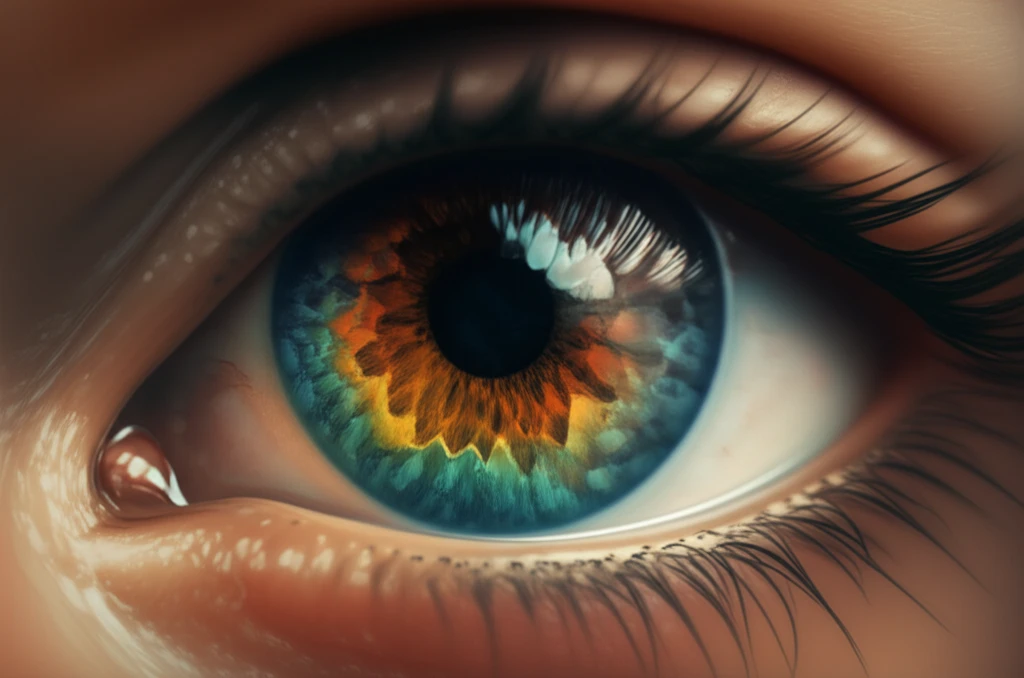
Macular Choroidal Thickness in Children: What Eye Doctors are Saying
"A deeper look at the connection between ciliary muscles, eye structure, and vision changes in children."
Understanding the intricate structures of the eye and how they develop throughout childhood is crucial for ensuring optimal vision and preventing potential eye problems. One such structure, the choroid, has garnered significant attention in recent research. The choroid is a vascular layer located between the retina and the sclera, providing essential nutrients and oxygen to the outer retina.
A study published in Investigative Ophthalmology & Visual Science explored the macular choroidal thickness in children, seeking to understand how this layer changes with age. Initial findings suggested that, unlike adults, the thickest part of the choroid in children was often located temporal to the fovea—the central part of the retina responsible for sharp, central vision. This observation sparked further investigation into the factors influencing choroidal thickness and its implications for visual health.
In response to these findings, researchers delved deeper into the potential reasons behind the observed variations in choroidal thickness. One intriguing theory proposed by Takkar et al. suggested that the ciliary muscle, responsible for focusing the eye, might play a role. The idea was that stronger ciliary muscle tone in children could exert a pull on the choroid, influencing its shape and thickness distribution. This article breaks down the latest information.
The Ciliary Muscle Connection: How Eye Focus Impacts Choroidal Thickness

The ciliary muscle's role in accommodation, or the eye's ability to focus on objects at varying distances, is well-established. When we focus on near objects, the ciliary muscle contracts, causing the lens to become more rounded and increasing its refractive power. Takkar et al. proposed that this continuous accommodation in children could lead to a sustained pull on the choroid, particularly in the temporal region. The optic nerve head disc forms a rigid landmark, the central choroid might have been pulled temporally during the examination of the children.
- The ratio of choroidal thickness measured 500 µm nasal to the fovea divided by the choroidal thickness measured 500 µm temporal to the fovea increased significantly with older age (P = 0.02).
- In children, the location of the thickest choroid is temporal to the fovea, which contrasts with adults where it's usually in the subfoveal region.
- Ciliary muscle tone in children might exert a pull on the choroid, influencing its shape and thickness.
The Bigger Picture: What This Means for Children's Eye Care
This research underscores the dynamic nature of the choroid and its potential sensitivity to factors such as ciliary muscle activity and accommodation. Understanding these relationships is crucial for developing more effective strategies for preventing and managing eye conditions in children. Further studies are needed to fully elucidate the factors influencing choroidal thickness and its impact on visual function, potentially leading to targeted interventions that promote healthy eye development and lifelong vision.
